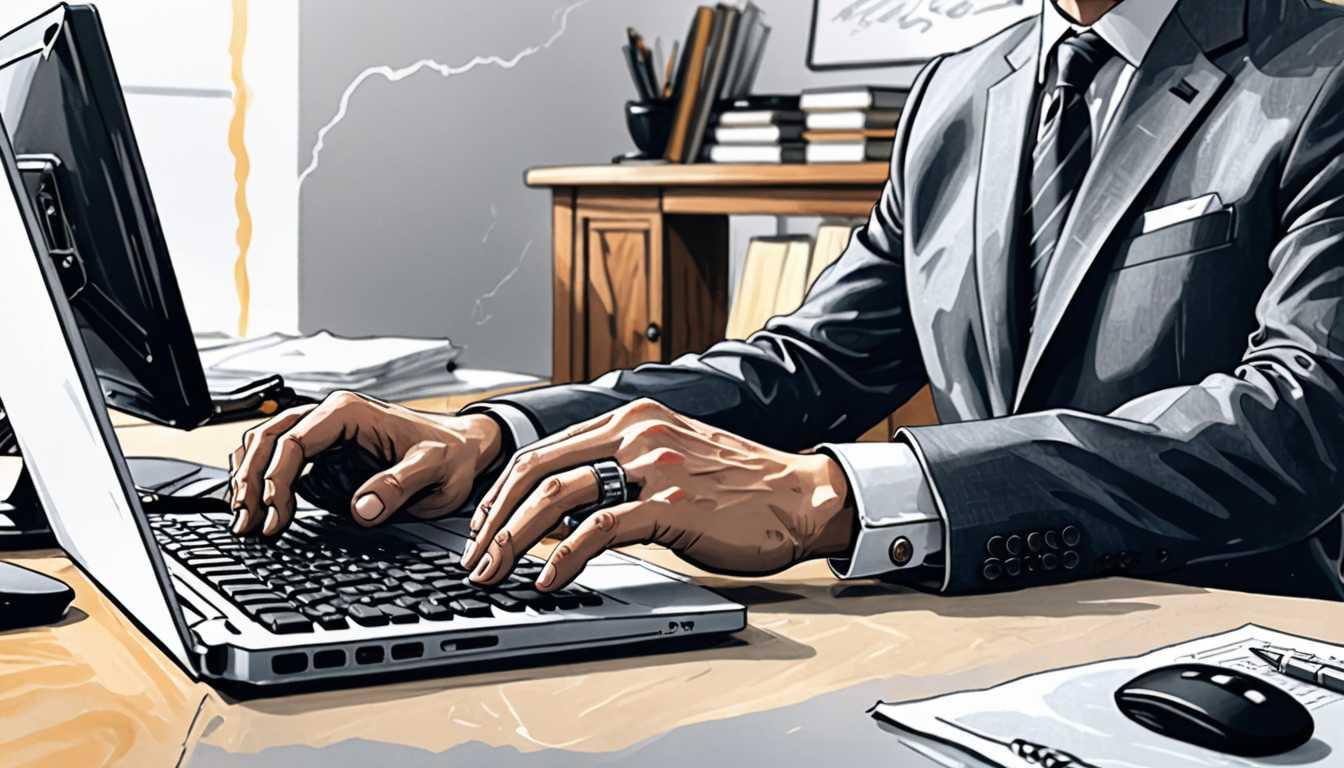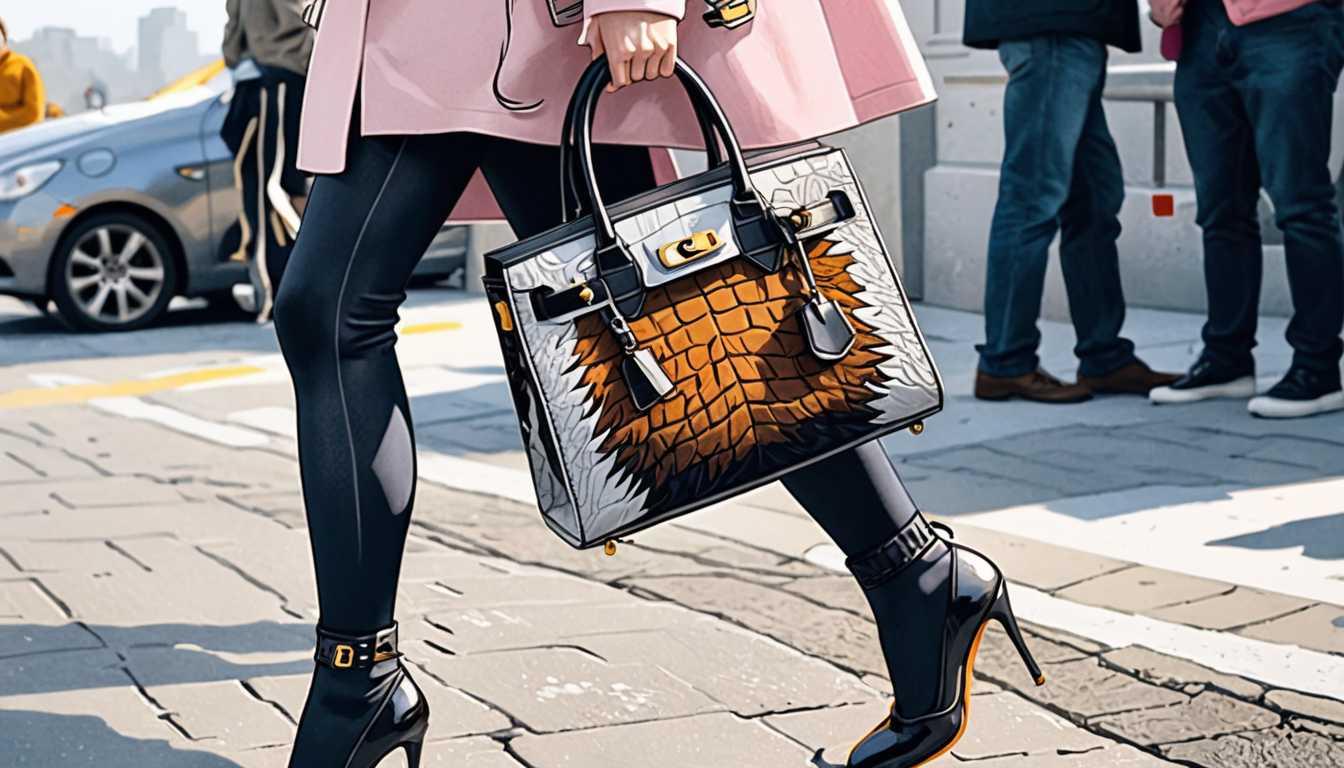Warhol vs. Copyright: Art on Trial
May 2023
Smithsonian Magazine
Introduction
Dive into the artistic showdown of the century with Smithsonian Magazine's latest scoop! In the 1980s, Andy Warhol transformed a photo of Prince by Lynn Goldsmith into an iconic piece, sparking a legal battle that's lasted decades. Fast forward to now, and the Supreme Court has ruled: Warhol's pop art masterpiece crossed the line, infringing on Goldsmith's copyright. With humor, drama, and a dash of legal intrigue, this story isn't just about art—it's about the fine line between inspiration and theft. Get ready for a colorful exploration of copyright chaos!
READ FULL ARTICLEWhy It Matters
Discover how this topic shapes your world and future
Art, Copyright, and the Clash of Creativity
Imagine creating something unique, only to find someone else has used your work without permission, transforming it into something else entirely. This scenario lies at the heart of a riveting legal battle involving iconic Pop artist Andy Warhol and photographer Lynn Goldsmith. The Supreme Court's decision that Warhol violated Goldsmith's copyright by using her photograph of the musician Prince as a basis for his artwork has sparked a fiery debate on the boundaries of copyright infringement and fair-use law. This ruling not only affects artists and creators worldwide but also challenges the way we perceive and engage with art. It raises crucial questions about the balance between protecting original work and fostering creative freedom. For you, as a budding scholar, this case opens a window into the complex interplay of law, art, and ethics, encouraging you to ponder how these elements shape the world around us.
Speak like a Scholar
Copyright Infringement
The unauthorized use of work protected by copyright law, such as copying or reproducing someone else's creation without permission.
Fair-Use Law
A legal doctrine that permits limited use of copyrighted material without requiring permission from the rights holders, typically for purposes like criticism, comment, news reporting, teaching, scholarship, or research.
Derivative Works
New, original works of authorship that are based on or incorporate one or more existing works (e.g., a novel adapted into a film).
Commercial Use
Utilization of a copyrighted work for financial gain or commercial advantage.
Intellectual Property Law
The area of law that deals with protecting the rights of creators of original works, including inventions, literary and artistic works, and symbols, names, and images used in commerce.
Orthogonal
In this context, unrelated or independent in direction of thought; not directly connected to the original purpose of something.
Independent Research Ideas
The Evolution of Copyright Law in the Digital Age
Explore how copyright law has adapted (or struggled to adapt) to the rapid advancements in digital technology and the internet. Investigate the challenges and opportunities this presents for creators.
Artistic Expression vs. Copyright Protection
Delve into the delicate balance between safeguarding artists' rights and allowing creative freedom. Analyze historical and contemporary case studies where this balance was contested.
The Impact of High-Profile Legal Cases on Public Perception of Art
Examine how landmark legal battles, such as Warhol vs. Goldsmith, influence public opinion on what constitutes art and the value of originality versus transformation.
Copyright Law and its Implications for Educational Content
Investigate how copyright laws affect the creation and distribution of educational materials. Consider the role of fair use in academic settings and its impact on teaching and learning.
The Role of Licensing in the Art World
Explore the business side of art through the lens of licensing agreements. Study how artists, photographers, and creators monetize their work through licensing and the legal complexities involved.




